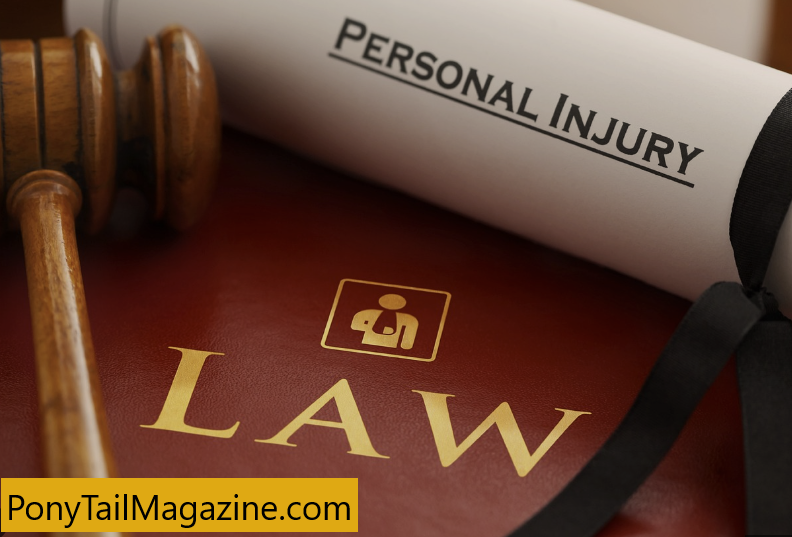A personal injury lawyer represents clients who claim they have been harmed physically or mentally as a result of the negligence of another person, company, governmental body, or other institution. Personal injury attorneys’ main area of practise is tort law. Examples of frequent personal injury lawsuits include slip-and-fall accidents, car accidents, defective products, work-related injuries, and professional misconduct.
Despite the fact that many other types of attorneys, such as defence lawyers and criminal prosecutors, also testify in court proceedings and despite the fact that the majority of personal injury cases are settled out of court, the term “trial lawyers” is used to describe attorneys who represent injured clients.
Qualification
To practise law in the nation where they are employed, personal injury attorneys must be admitted to the bar. In several states, they must also pass a written ethics examination. To learn about cutting-edge legal developments or new practise areas, lawyers can enrol in continuing legal education (CLE) courses. Personal injury lawyers may take CLE courses related to personal injury law in places where continuing legal education (CLE) for attorneys is mandated, but they are not obligated to. the United States A few bar associations and lawyer groups provide certificates, which includes certification for personal injury attorneys. Although certification is not necessary to practice personal injury law, it may assist an attorney convince prospective clients that they are knowledgeable in the area. not in the United States
Practice
Personal injury law is one of the many legal specialties that attorneys can focus on. Some attorneys may choose to focus on one particular aspect of personal injury law, such as medical malpractice. Personal injury attorneys are able to develop specialised knowledge and experience by restricting the types of cases they take on.
Customer relations
A personal injury attorney typically conducts a client interview before accepting a new case to ascertain the fundamental facts and any potential legal claims that might be made, identify potential defendants, and assess the case’s merits. If the cost of the litigation is anticipated to be greater than the amount that can reasonably be recovered from the defendants as compensation for the client’s injury, the solicitor may decline to accept the case.
Compensation
There are several different ways to pay for legal services, including contingency fees, hourly rates, and flat fees. Personal injury attorneys frequently work on a contingency fee basis, also known as a “if-come fee,” where they are paid a percentage of the client’s recovery as their fee but are not paid if the claim is unsuccessful.
If a case settles before a lawsuit is filed, after a lawsuit is filed but before trial, or if the case goes to trial, the amount of the legal fee may change. case goes to trial in some jurisdictions or by virtue of the retainer agreement between a solicitor and client.
For instance, a retainer agreement might stipulate that a barrister will be paid a contingency fee of 33 and 1/3% if a case settles before a lawsuit is filed, a contingency fee of 40% if a settlement is reached after a lawsuit is filed, or up to 45% if a trial is necessary.
Due to the high cost of litigation, personal injury attorneys are rarely employed on an hourly basis.
Defense attorneys, however, who are hired to contest personal injury claims, are frequently paid hourly.
Ethics
A personal injury attorney’s primary professional responsibility is to help plaintiffs get just compensation for their losses. An solicitor should diligently represent clients. The attorney-client relationship is controlled by ethical principles, much like other legal relationships.
State bar organisations that have the authority to punish lawyers who breach professional or ethical rules have adopted codes of conduct that govern attorneys in the United States.
States often demand that all contingency agreements between attorneys and their clients be in writing and may set a maximum percentage of the recovery as the amount that may be charged as a contingency fee.
Organizations‘
Despite the fact that membership is not required to practise personal injury law, many of them do. For instance:
The American Bar Association is a group of lawyers committed to enhancing the legal system and accrediting programmes for continuing legal education.
The Association of Personal Injury Attorneys was established in 1990 on behalf of accident victims and has its headquarters in Nottingham, UK.
One of the biggest associations of plaintiffs’ attorneys in the US is the Consumer Attorneys Association of Los Angeles (CAALA), which also holds one of the biggest yearly attorney conventions.
An organisation of trial lawyers known as the American Association for Justice was established in 1946 by a group of plaintiffs’ lawyers dedicated to defending the rights of victims. This organization’s previous name, the Association of Trial Attorneys of America, or ATLA, was used until 2007.
The National Trial Attorneys is a group of trial lawyers from across the country that provides networking opportunities, advocacy training, and educational seminars.
For UK barristers who specialize in personal injury law, there is the Personal Injuries Bar Association (PIBA).
